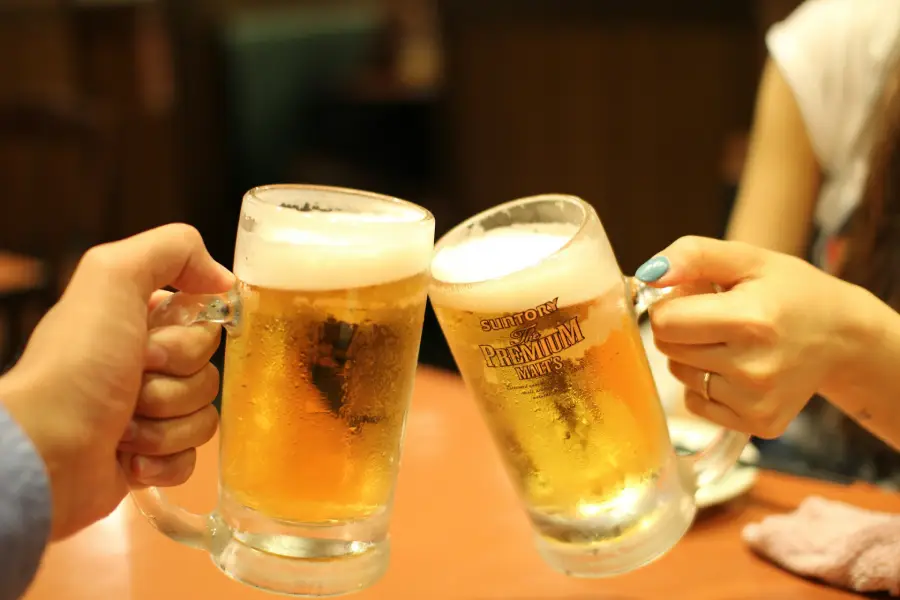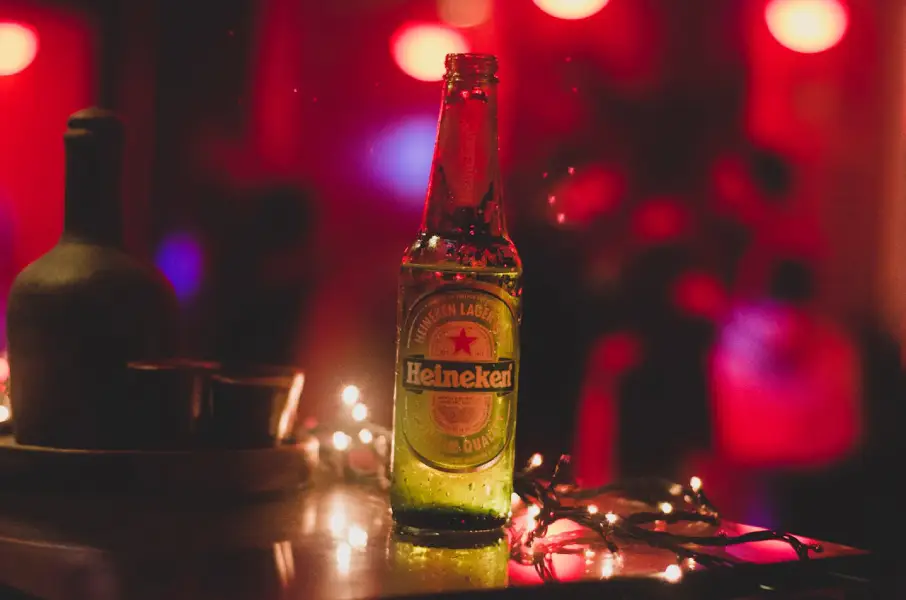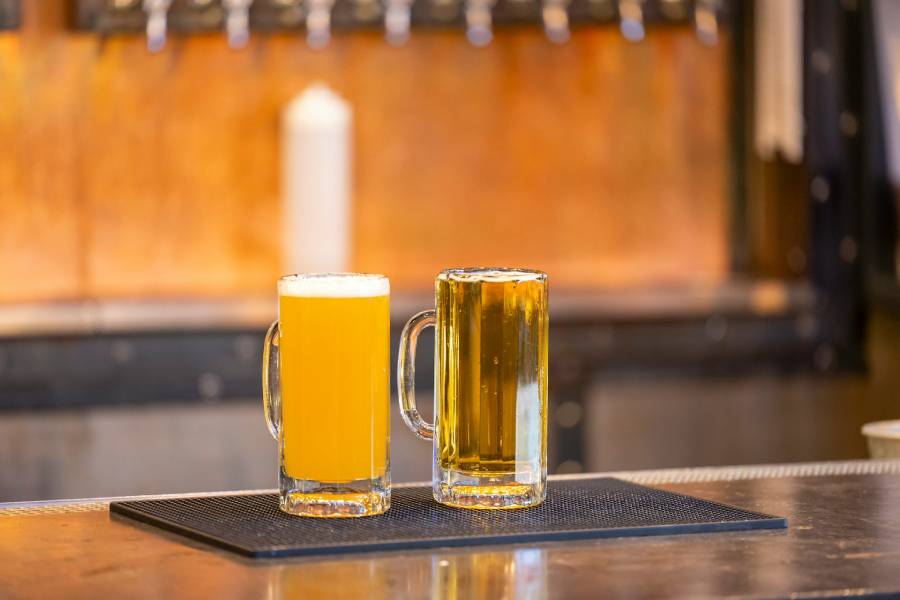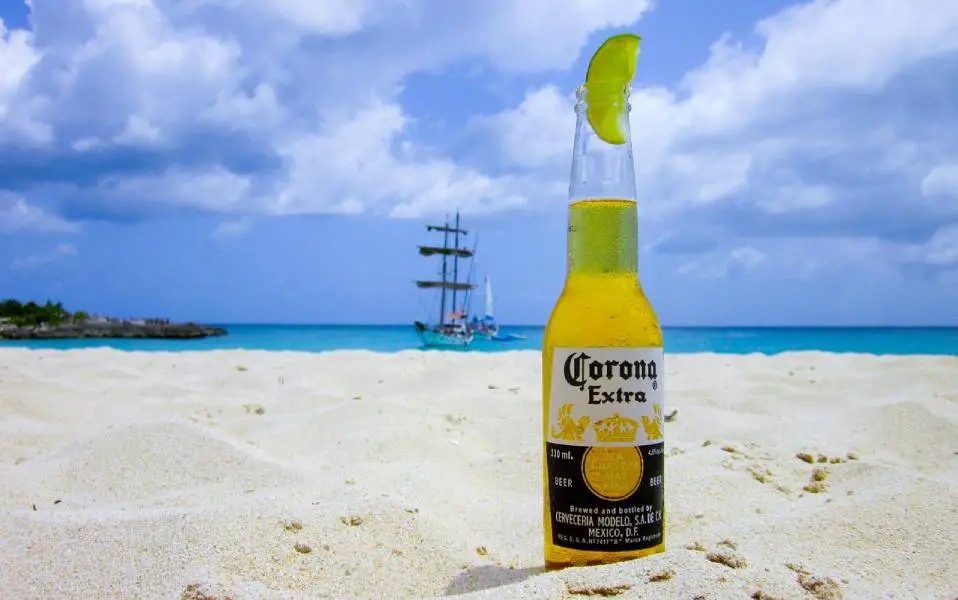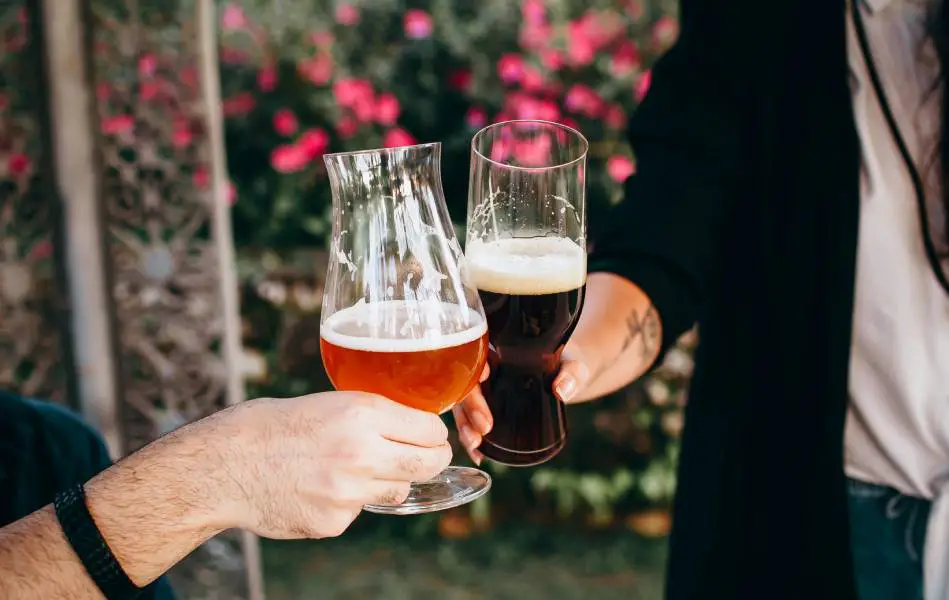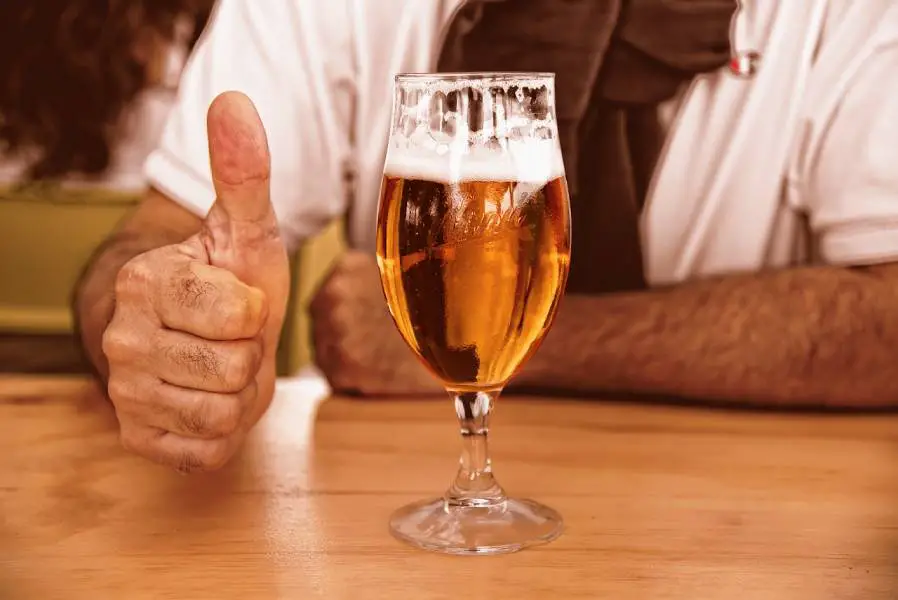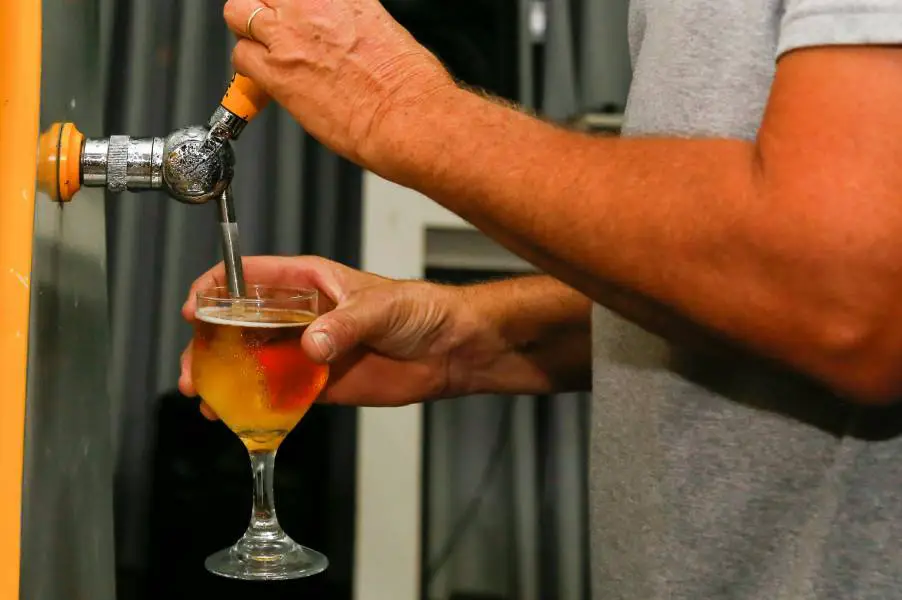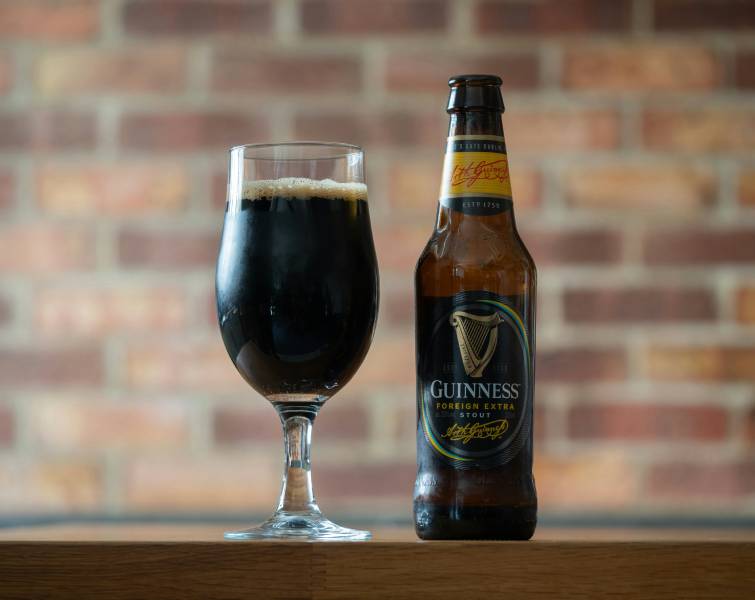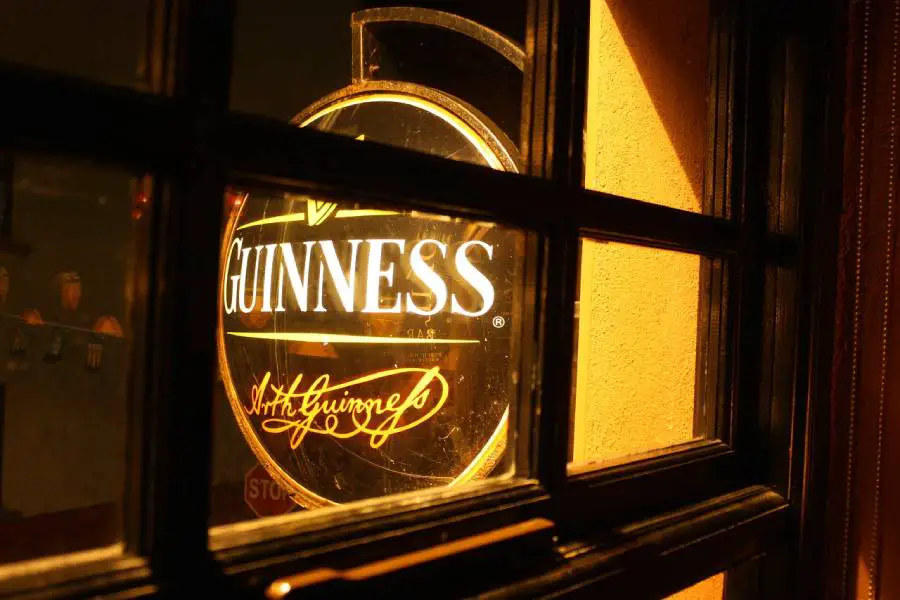Planning an event can be stressful, especially when it comes to figuring out how much beer to buy. It’s easy to mess up and end up with too much or too little. However, don’t worry, we’re here to help. Let’s find out “How Much Beer for 100 Guests?”
How Much Beer for 100 Guests?
For 100 guests, plan on 150-200 beers for a 3-4 hour event, estimating 1.5-2 beers per person. Remember that beer comes in 12-ounce bottles, meaning each case carries 30 bottles. So, in terms of cases, you will need approximately 5-7 cases to ensure you have enough for the guests.
However, you should also consider your guests’ tastes and preferences. Offer a mix of craft beers and traditional choices to cater to different palates. Some might prefer a classic lager, while others might love a hoppy IPA. A variety keeps everyone happy.
Remember to have a backup plan with extra beer. It’s better to have a few cases left over than to run out. Consider non-alcoholic options too for those who don’t consume alcohol. This way, every guest feels included, and you can relax and enjoy the party too.
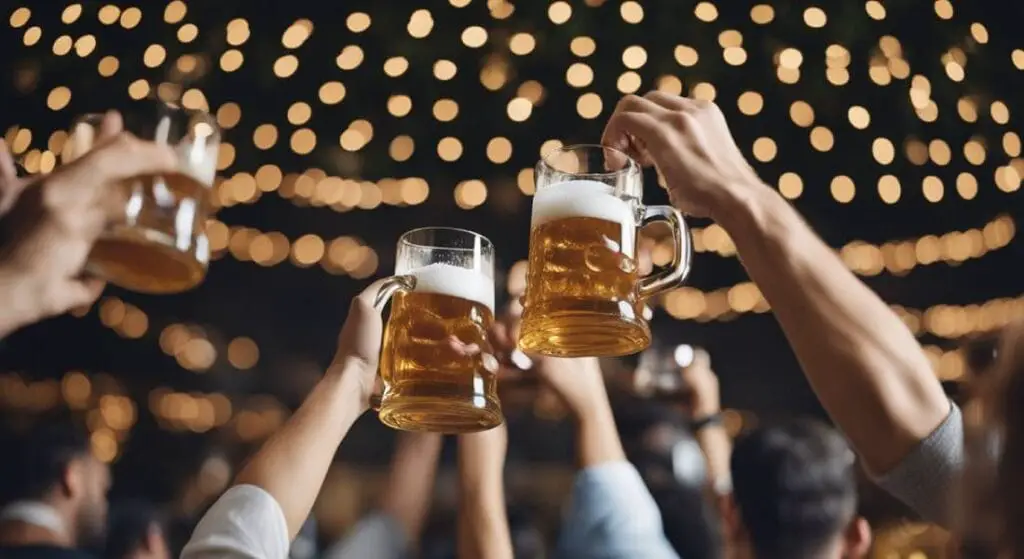
Planning Your Event’s Drink Needs
When determining how much beer for 100 guests, careful planning is important for a successful event. Consider these steps to plan your drink needs effectively:
- Estimate the number of drinks per person based on the event duration and guest preferences.
- Factor in the types of beer to accommodate various tastes.
- Calculate the quantities needed based on the estimated consumption rate.
- Plan for backup supplies to avoid running out during the event.
- Consider offering non-alcoholic beers for guests who don’t drink alcohol.
Factors Influencing the Amount of Beer Needed
The 150-200 beers is just an estimate of what your guests will consume during an event. Various factors can also determine the amount of beer you will need. Here are the factors to consider:
Event Duration and Timing
Event duration and timing significantly impact how much beer you’ll need. Longer events typically require more beer, as guests have more time to drink. Timing also matters; evening events usually see higher consumption than daytime ones.
- Short events (2-3 hours): Lower consumption.
- Medium events (4-6 hours): Moderate consumption.
- Long events (7+ hours): Higher consumption.
Type of Event
The type of event plays a role in determining beer quantity. Casual gatherings often see higher beer consumption, while formal events might have a more moderate pace. Themed parties or sports events can also boost drinking rates.
- Casual gatherings: Higher beer consumption due to a relaxed atmosphere.
- Formal events: Moderate beer consumption, often balanced with other drinks.
- Themed parties (for instance, Oktoberfest): Increased beer consumption aligned with the theme.
- Sports events: Higher beer consumption, especially during game times.
Types of Beer to Serve
The type of beer served significantly influences the amount that can be consumed at an event. Offering a variety of beer styles can encourage guests to sample different options, leading to increased consumption. Craft beers with unique flavors may entice enthusiasts to try multiple servings, while traditional choices appeal to a broader range of tastes.
The alcohol content and flavor profile of the beer can also impact consumption rates. Lighter beers like lagers or session ales are often easier to drink in larger quantities due to their lower alcohol content. Heavier styles such as stouts or IPAs may be consumed more slowly or in smaller quantities due to their higher alcohol content and bold flavors.
Serving Methods
The serving method employed can significantly impact beer consumption at an event. Different methods, such as bottles, cans and kegs, offer varying levels of convenience and control over portion sizes. While each method has its advantages, kegs often help minimize beer consumption due to their controlled pouring and serving process.
- Bottles and cans: Offer precise serving sizes, limiting overconsumption.
- Kegs: Kegs provide flexibility but require monitoring to prevent excessive pouring and faster consumption.
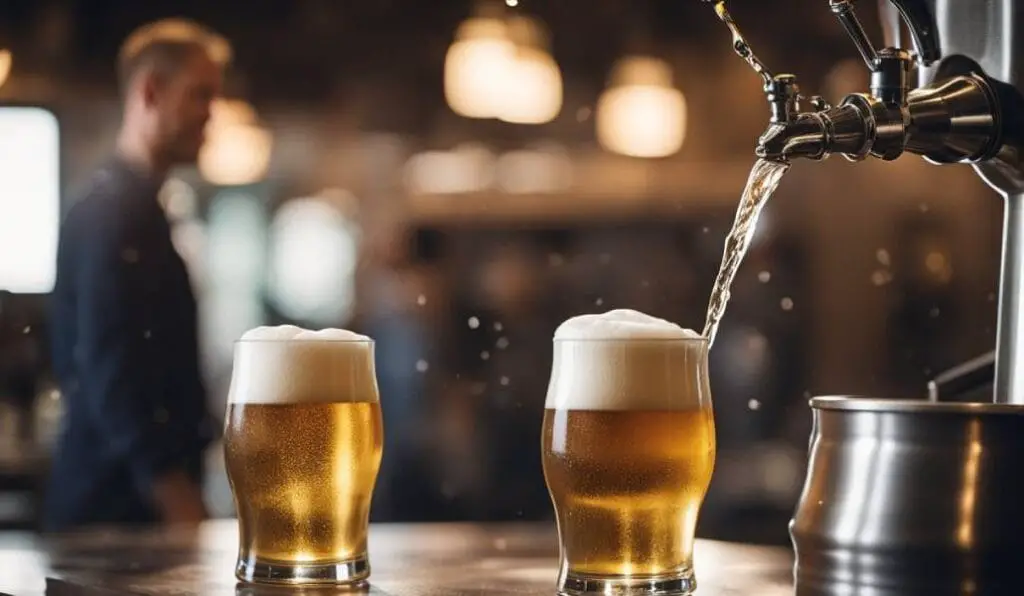
Cost-Saving Tips
When planning how much beer for 100 guests, cost-saving tips can be helpful. Consider these strategies to stay within budget while still providing enough beer for everyone:
- Buy beer in bulk to get discounts from suppliers.
- Opt for local breweries, which may offer competitive prices and unique selections.
- Use reusable cups or glasses instead of disposable ones to reduce expenses.
- Plan your event during off-peak seasons when beer prices may be lower.
- Offer a limited selection of beer styles to simplify purchasing and minimize costs.
- Consider renting beer dispensing equipment rather than buying, especially for one-time events.
Related Questions
How Many Beers Do You Need for 200 People?
For 200 people, you’ll need approximately 300-400 beers for an event, assuming an average consumption rate of 1-2 beers per person. Adjustments can be made based on factors like event duration, guest preferences, and the availability of other beverage options.
What Is a Standard Serving of Beer?
A standard serving of beer is typically 12 ounces, equivalent to one regular-sized bottle or can. However, serving sizes can vary depending on the context and location. Some establishments offer larger or smaller portions based on customer preferences or local regulations.
Does Pairing Beer With Food Determine the Amount An Individual Take?
Pairing beer with food can influence the amount an individual consumes. Certain food pairings can enhance the flavors of beer, encouraging individuals to savor their drinks more slowly. Additionally, pairing beer with food may lead to a more enjoyable dining experience, potentially reducing beer consumption.
Conclusion
Planning the right amount of beer for 100 guests involves careful consideration of factors like event duration, guest preferences, and serving methods. Estimating consumption rates and offering a variety of beer options can enhance a successful gathering. Remember to plan for backup supplies and non-alcoholic options for inclusivity.

